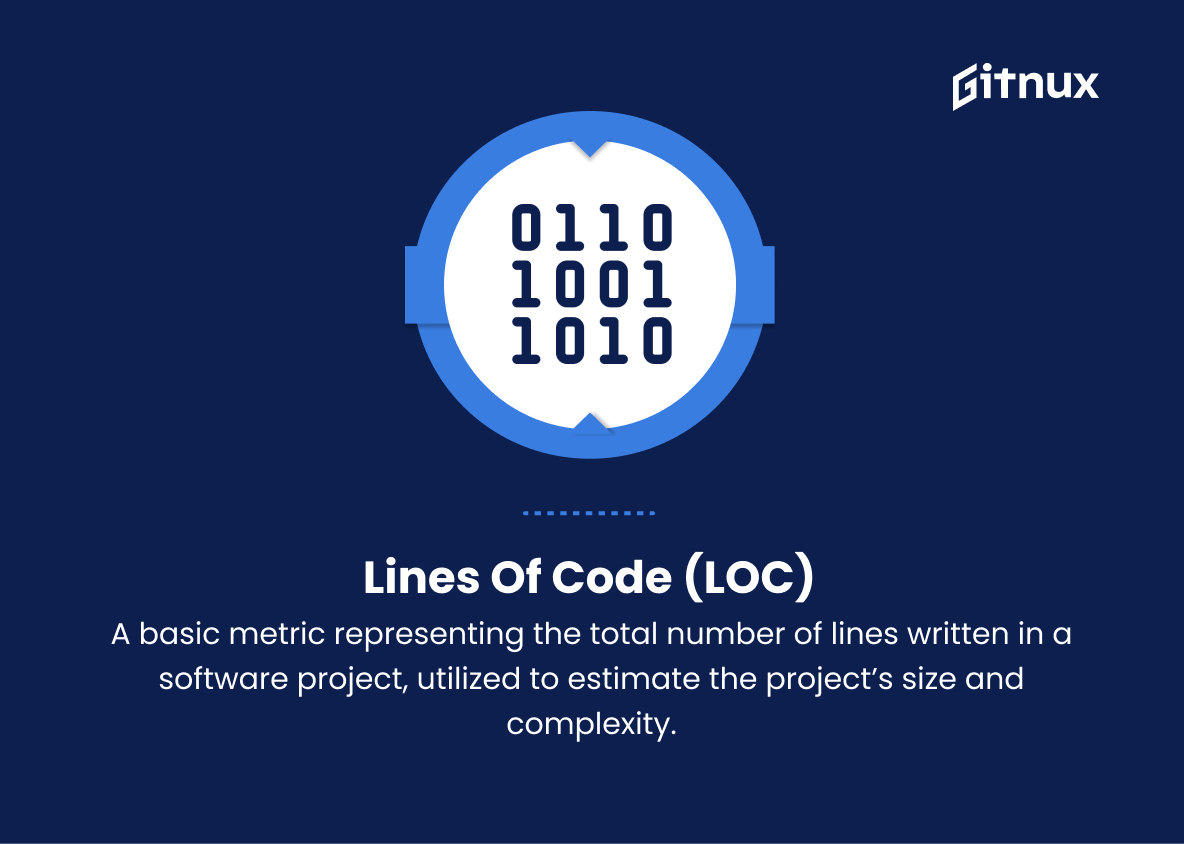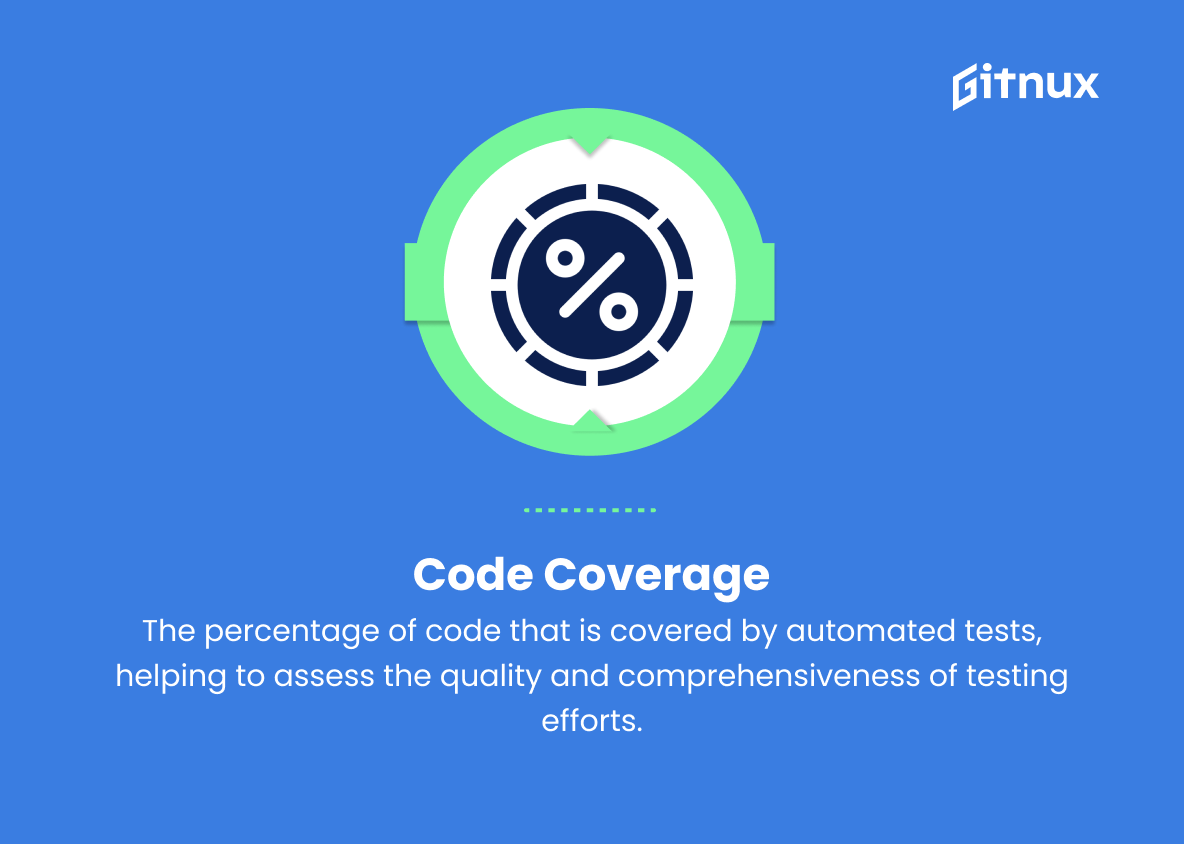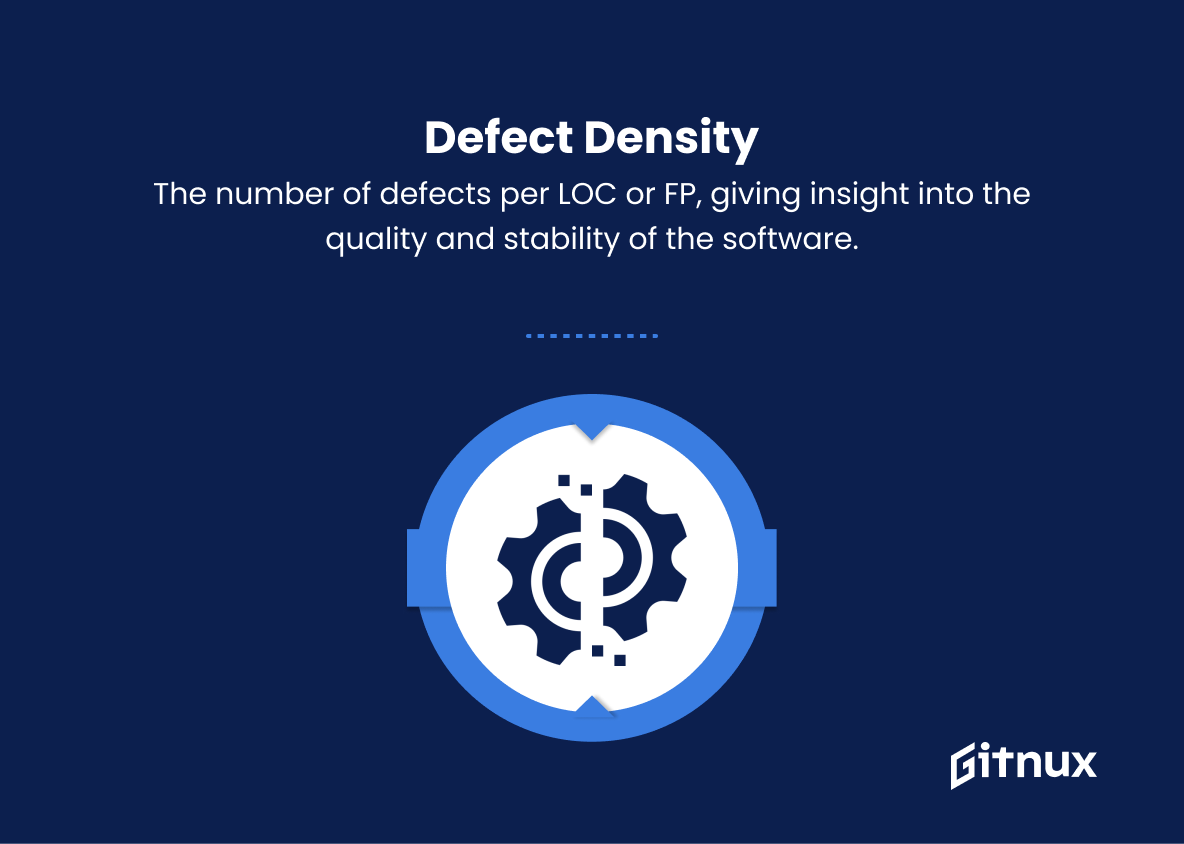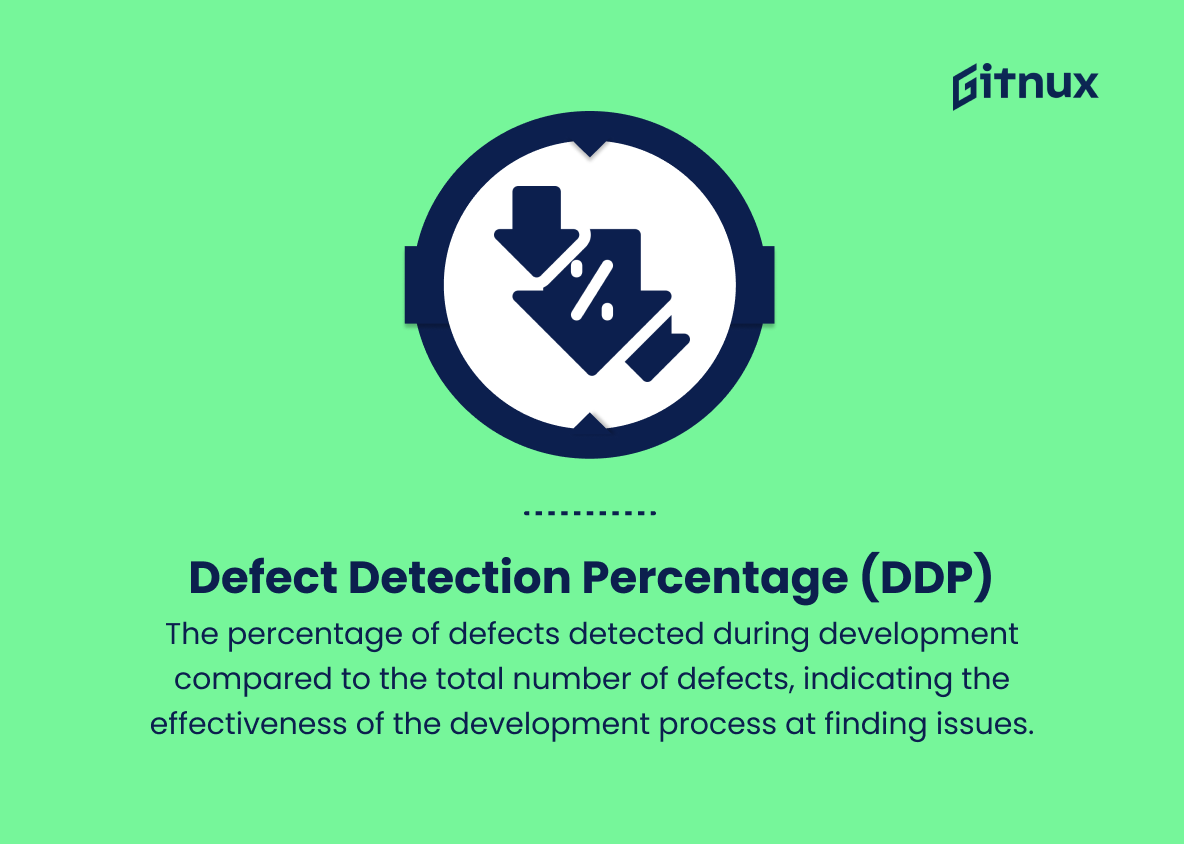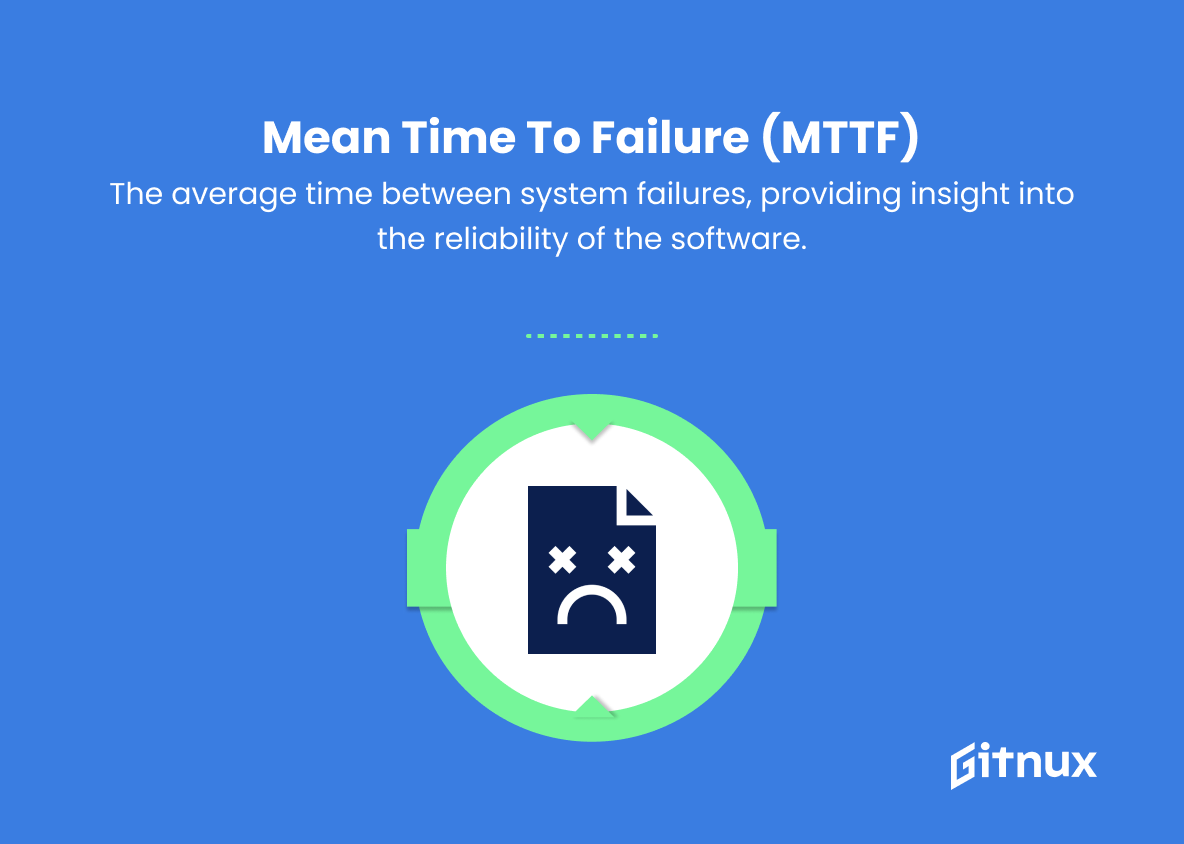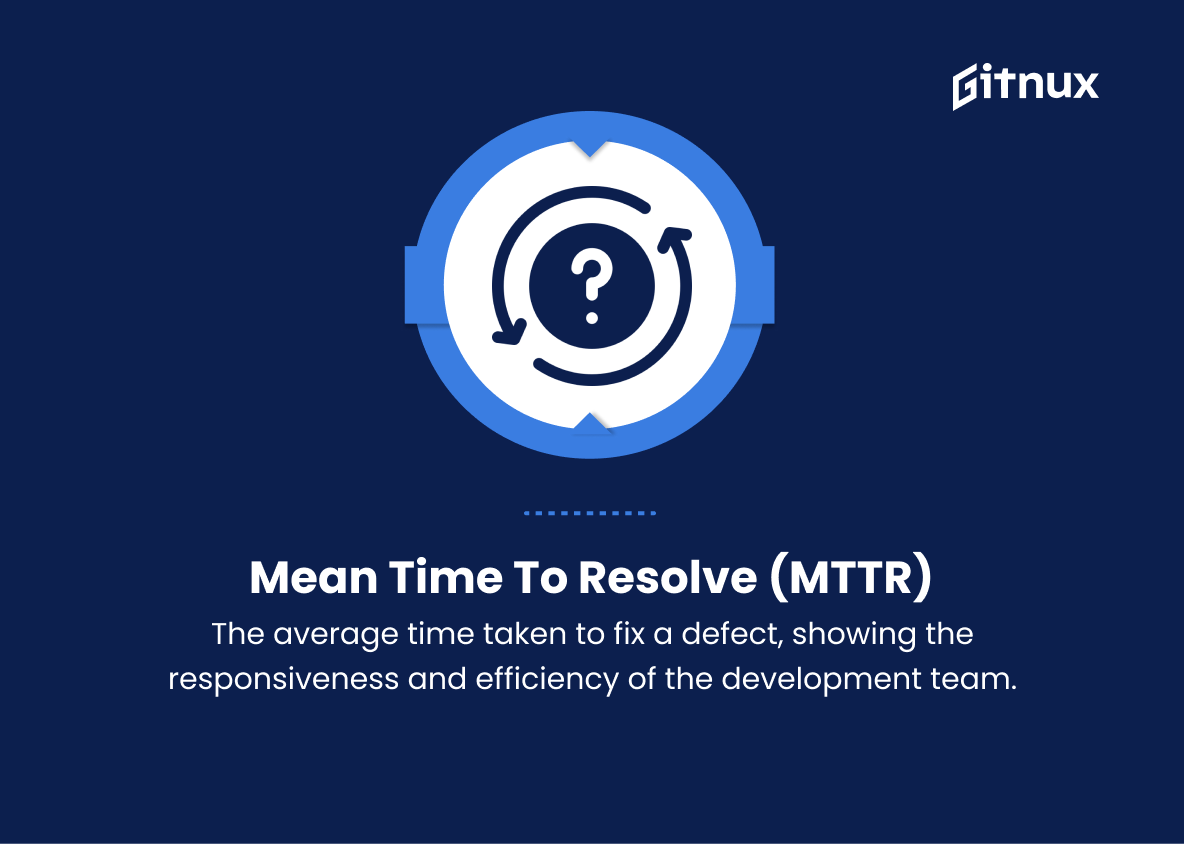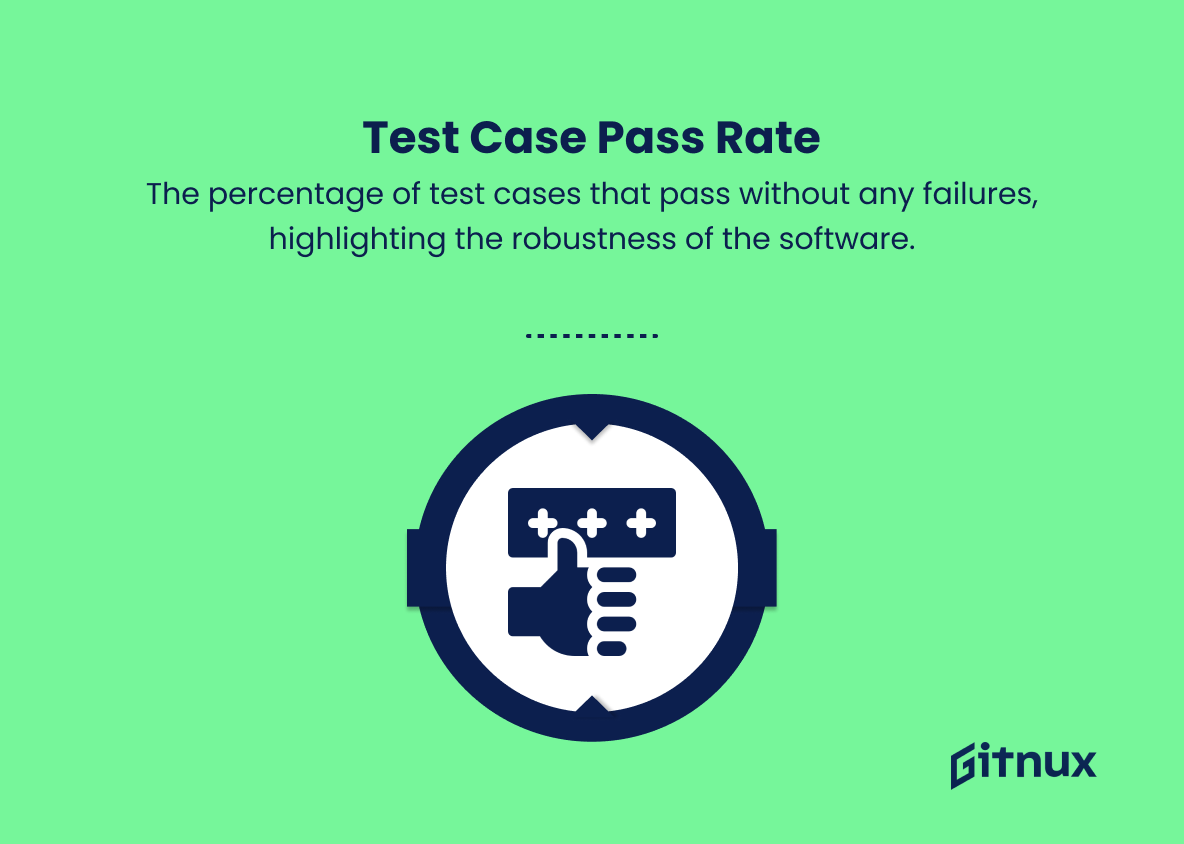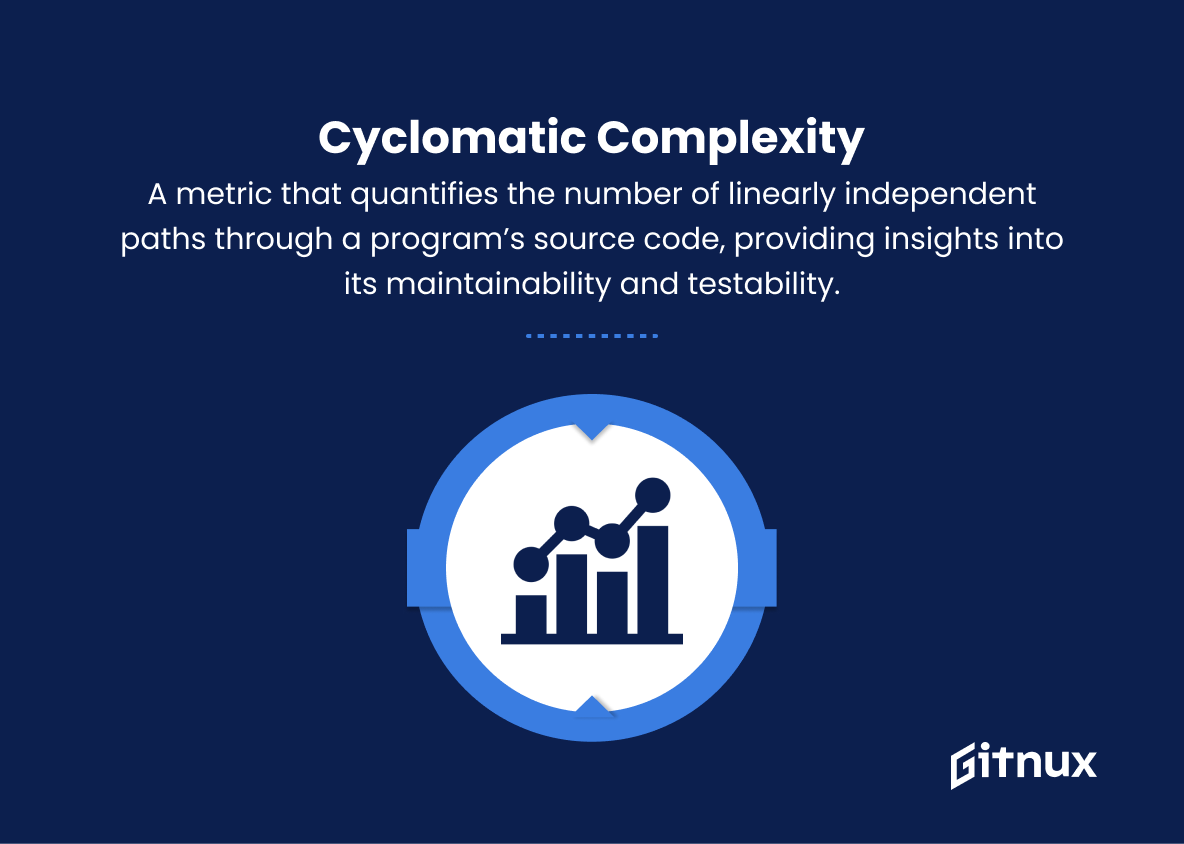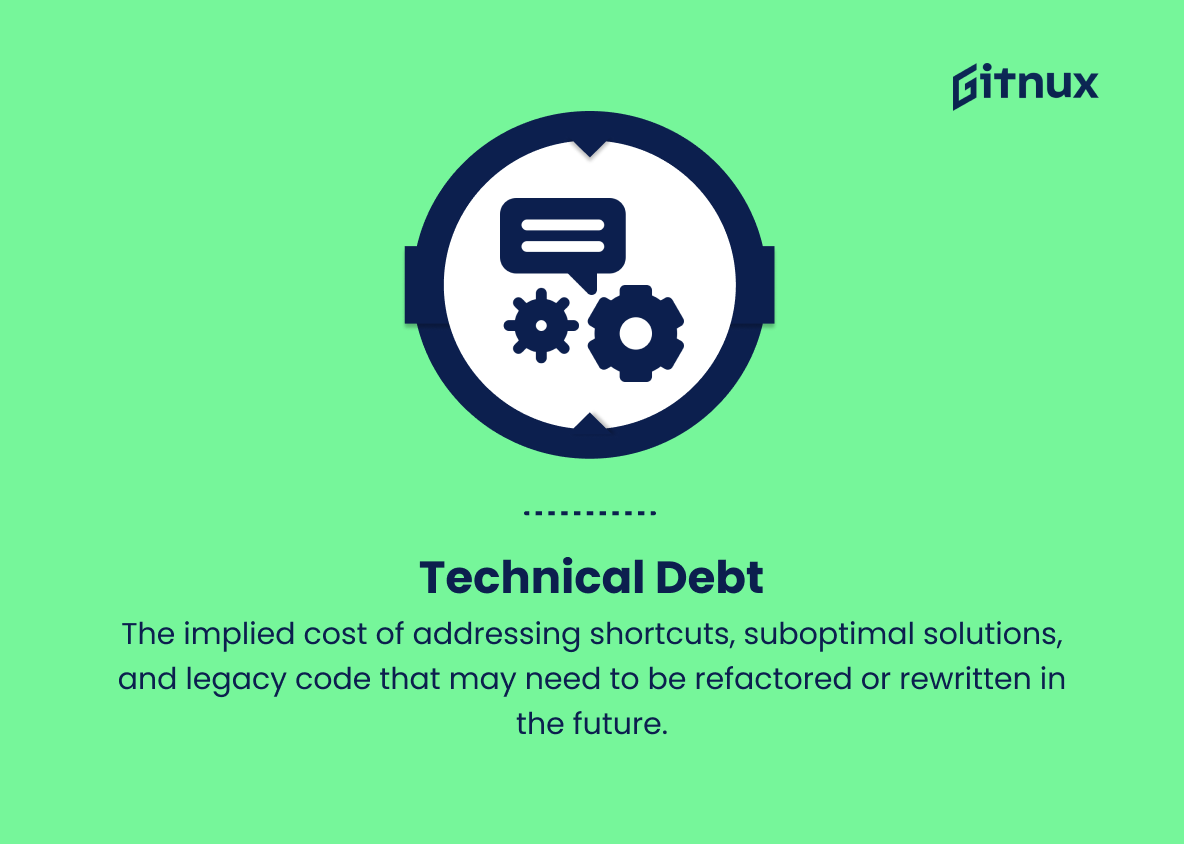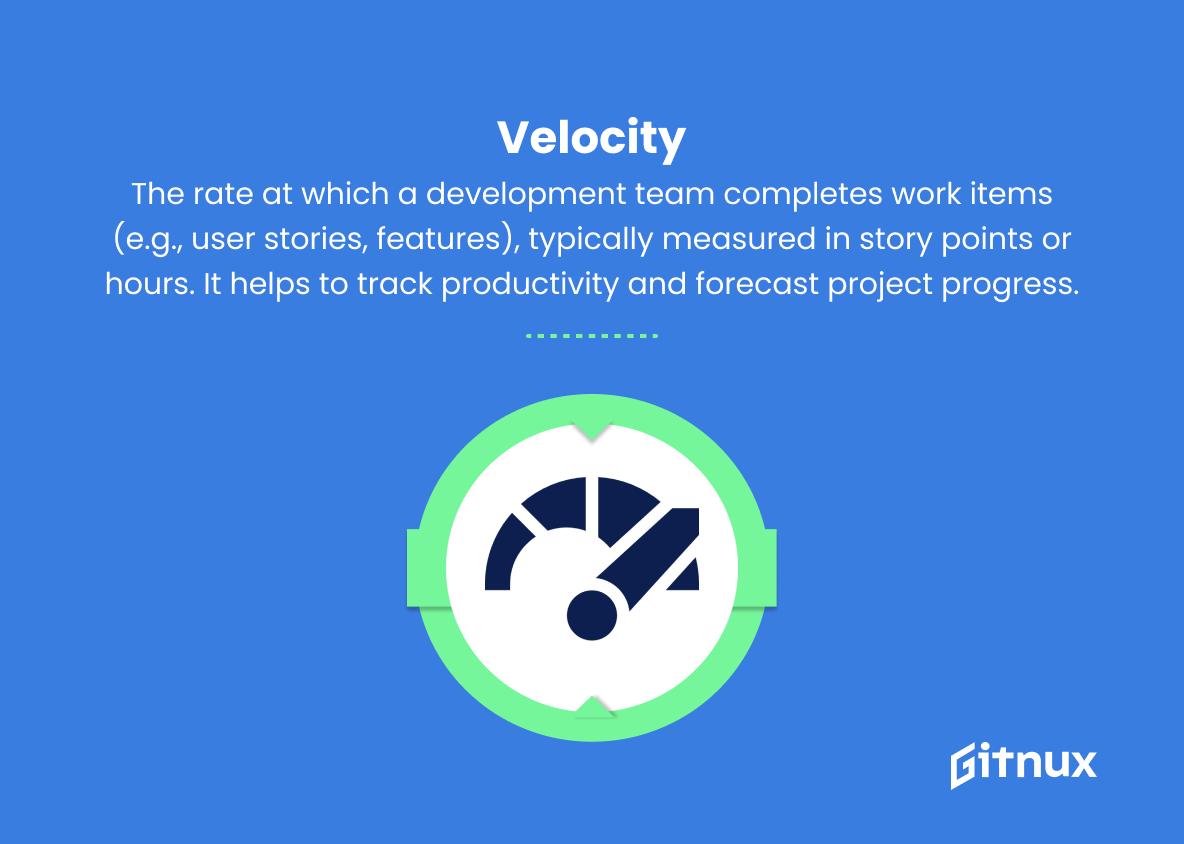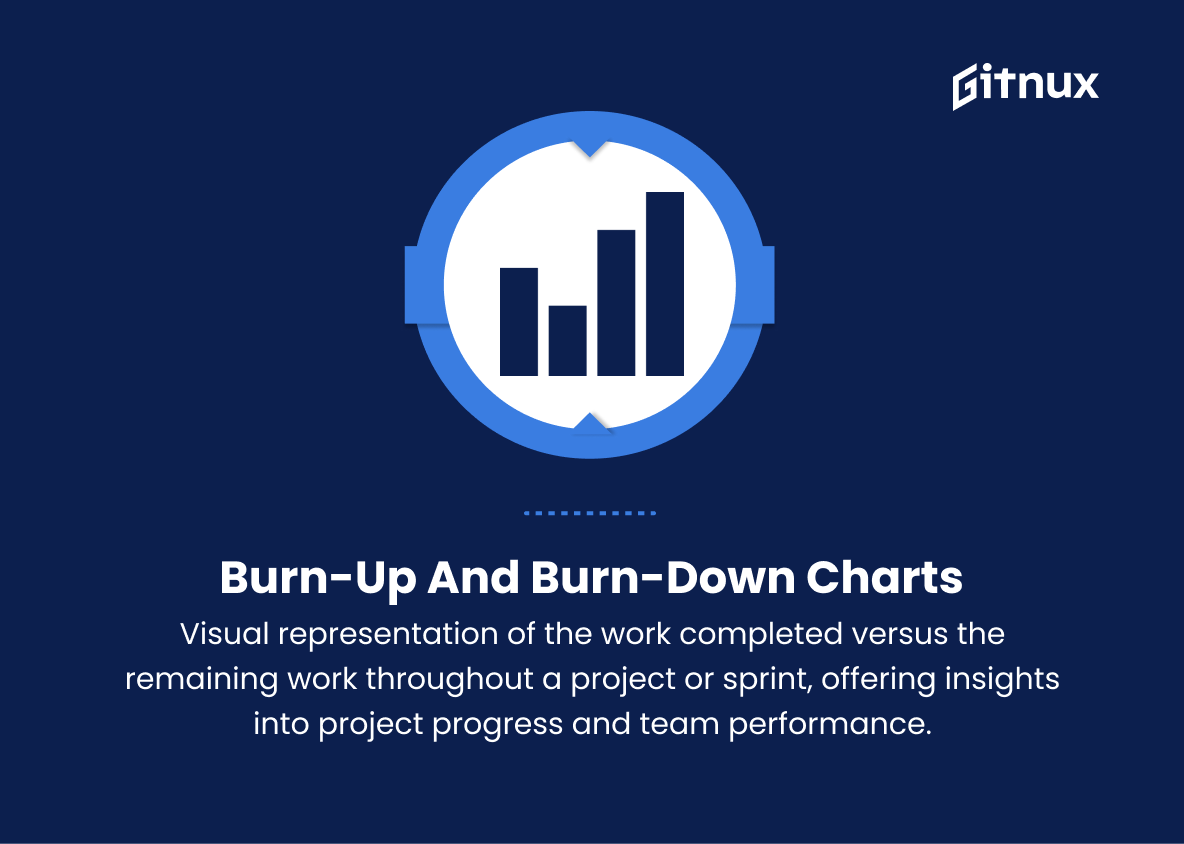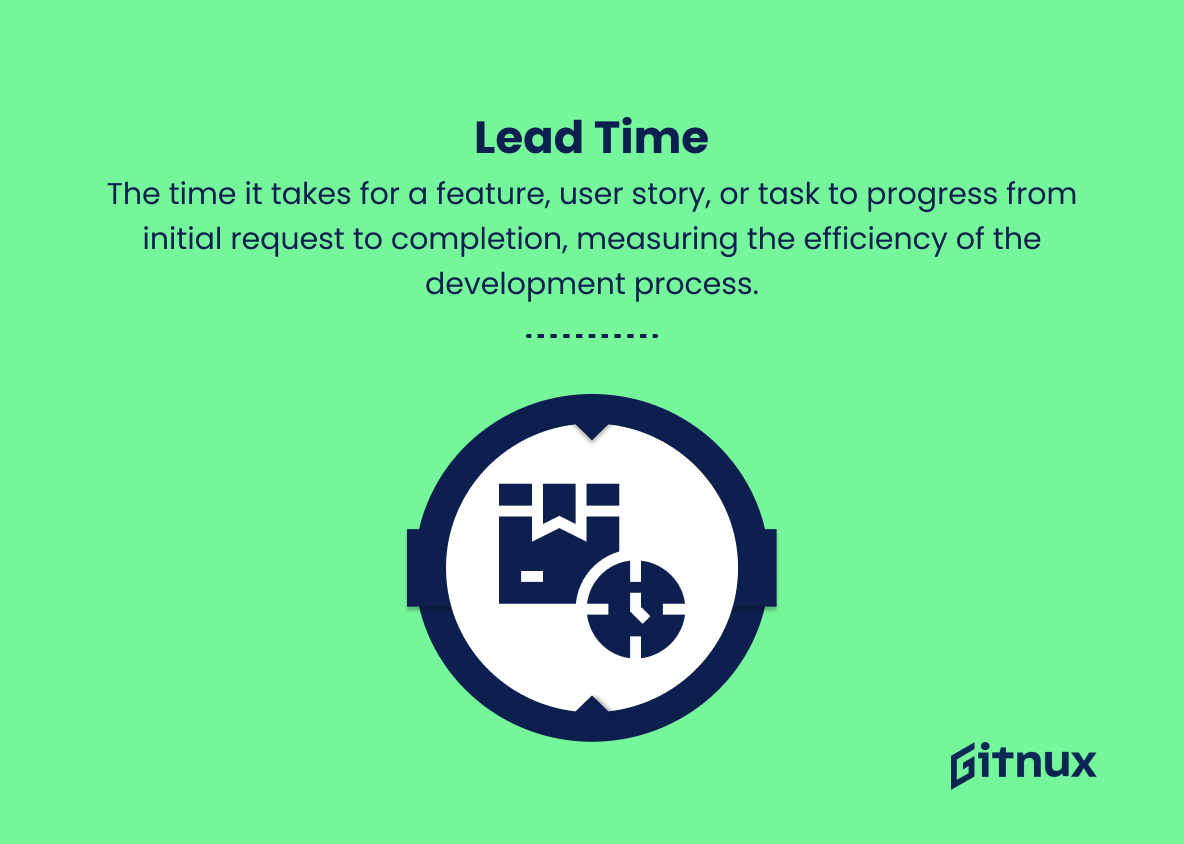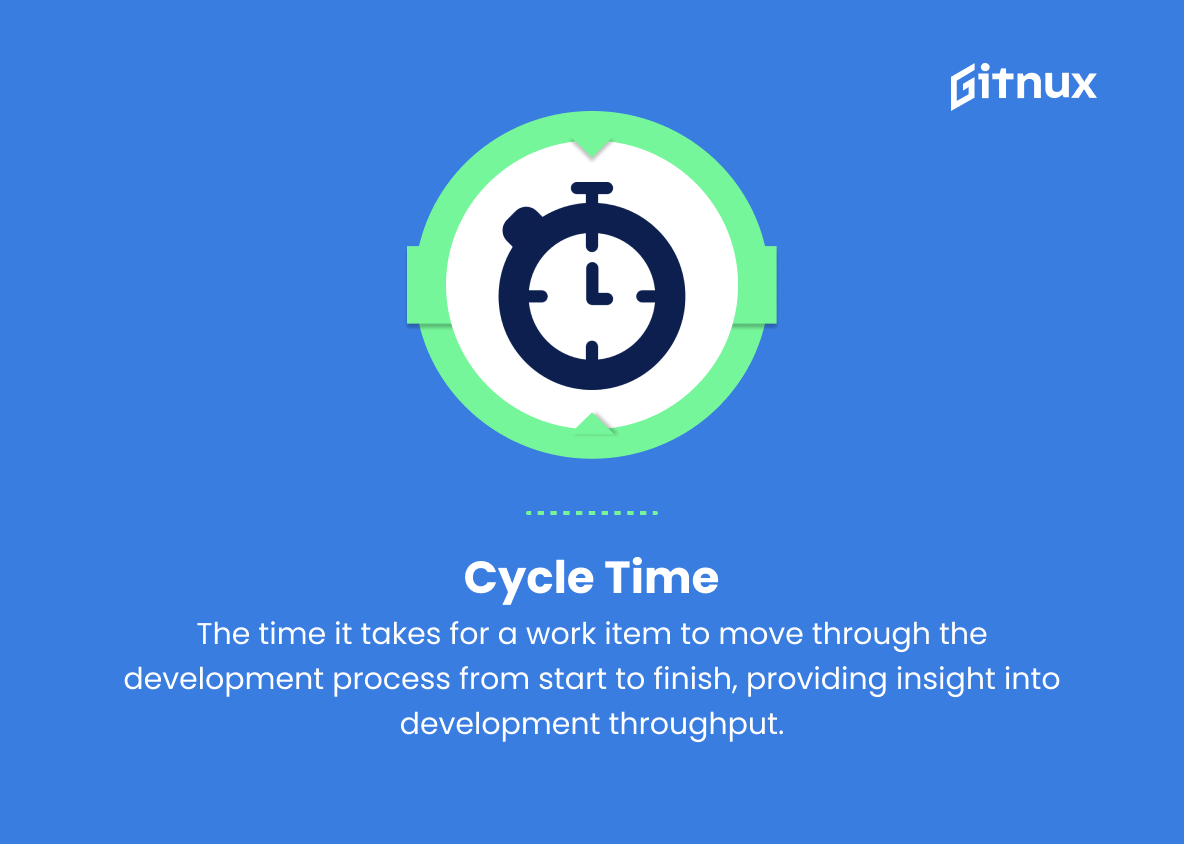In today’s rapidly evolving technological landscape, software development has become the backbone of countless businesses and industries – driving growth, innovation, and success. To attain the highest level of efficiency and effectiveness, it is essential for organizations to continuously measure and improve their software development processes. This is where software development metrics play a critical role.
In this comprehensive blog post, we will delve into the world of software development metrics, highlighting their significance, the key metrics you should be tracking, and how to utilize these metrics strategically to make data-driven decisions that propel your projects towards success. So, let’s embark on this illuminating journey to gain a deep understanding of software development metrics and unlock the full potential of your development efforts.
Software Development Metrics You Should Know
1. Lines of code (LOC)
A basic metric representing the total number of lines written in a software project, utilized to estimate the project’s size and complexity.
2. Function points (FP)
A measure of functionality provided by the software, including inputs, outputs, user interactions, and data formats.
3. Code coverage
The percentage of code that is covered by automated tests, helping to assess the quality and comprehensiveness of testing efforts.
4. Defect density
The number of defects per LOC or FP, giving insight into the quality and stability of the software.
5. Defect detection percentage (DDP)
The percentage of defects detected during development compared to the total number of defects, indicating the effectiveness of the development process at finding issues.
6. Mean time to failure (MTTF)
The average time between system failures, providing insight into the reliability of the software.
7. Mean time to resolve (MTTR)
The average time taken to fix a defect, showing the responsiveness and efficiency of the development team.
8. Test case pass rate
The percentage of test cases that pass without any failures, highlighting the robustness of the software.
9. Requirement volatility
The rate at which requirements change during development, reflecting the stability of the project’s scope and the risk of scope creep.
10. Cyclomatic complexity
A metric that quantifies the number of linearly independent paths through a program’s source code, providing insights into its maintainability and testability.
11. Technical debt
The implied cost of addressing shortcuts, suboptimal solutions, and legacy code that may need to be refactored or rewritten in the future.
12. Velocity
The rate at which a development team completes work items (e.g., user stories, features), typically measured in story points or hours. It helps to track productivity and forecast project progress.
13. Burn-up and burn-down charts
Visual representation of the work completed versus the remaining work throughout a project or sprint, offering insights into project progress and team performance.
14. Lead time
The time it takes for a feature, user story, or task to progress from initial request to completion, measuring the efficiency of the development process.
15. Cycle time
The time it takes for a work item to move through the development process from start to finish, providing insight into development throughput.
16. Code churn
The amount of code that is being added, modified, or deleted in a given time frame, reflecting the stability of the codebase and potential risks from frequent change.
17. Code review coverage
The percentage of code changes that undergo a review process, giving insights into the thoroughness of quality assurance and knowledge sharing among the development team.
Software Development Metrics Explained
Metrics are crucial for software project success. Lines of Code and Function Points estimate size and complexity, while Code Coverage and Defect Density assess testing quality. Defect Detection Percentage, Mean Time to Failure, and Mean Time to Resolve offer insights into development effectiveness and software reliability. Test Case Pass Rate and Requirement Volatility highlight software robustness and project scope stability. Cyclomatic Complexity, Technical Debt, and Velocity assess maintainability, refactoring needs, and productivity.
Burn-up and Burn-down charts, Lead Time, and Cycle Time offer progress insights and development efficiency. Finally, Code Churn and Code Review Coverage reveal codebase stability and quality assurance. Metrics enable informed decisions, resource optimization, and continuous improvement.
Conclusion
Software metrics are crucial for project success. They help teams assess progress, improve productivity, identify areas for growth, and anticipate challenges. Effective metrics promote continuous improvement and high-quality software delivery. While there is no universal approach for selecting metrics, evaluating goals and team needs can inform their selection. Embracing metrics can help businesses and teams achieve objectives, reduce risks, and innovate in the software industry.
